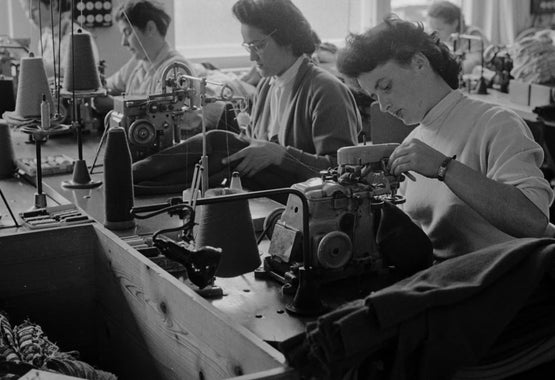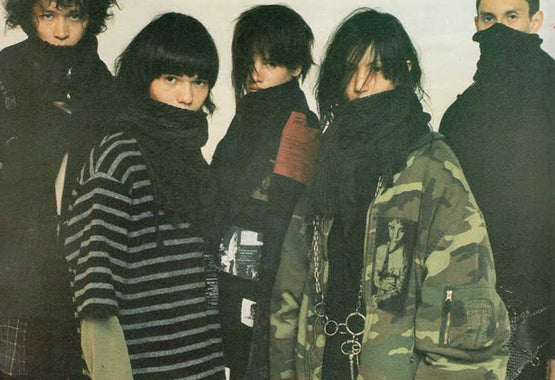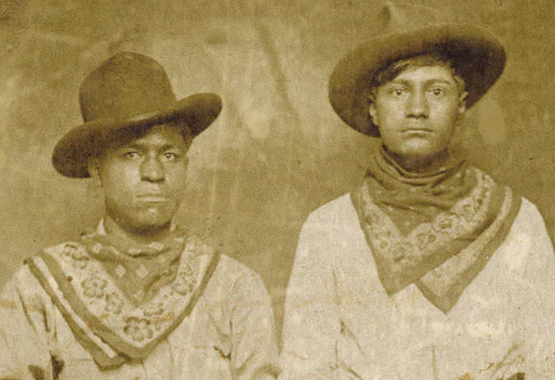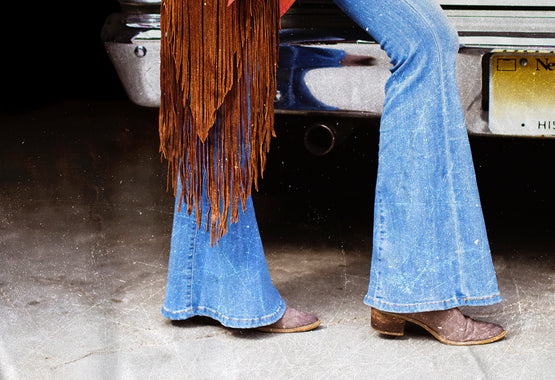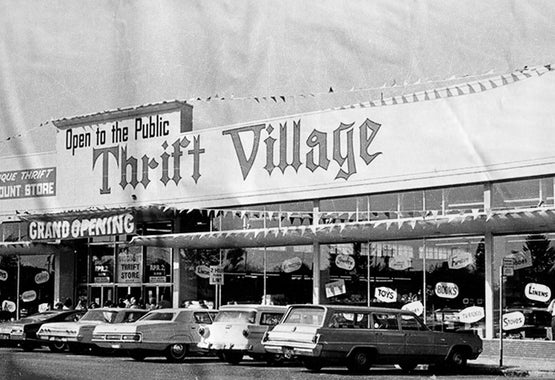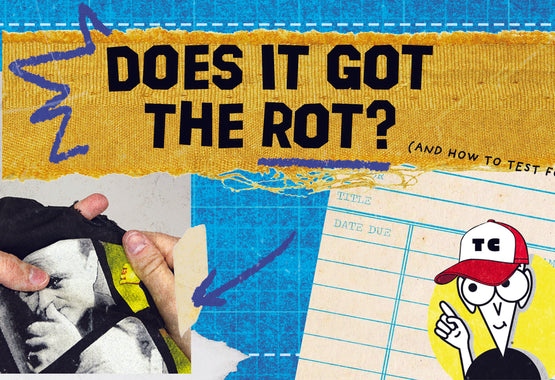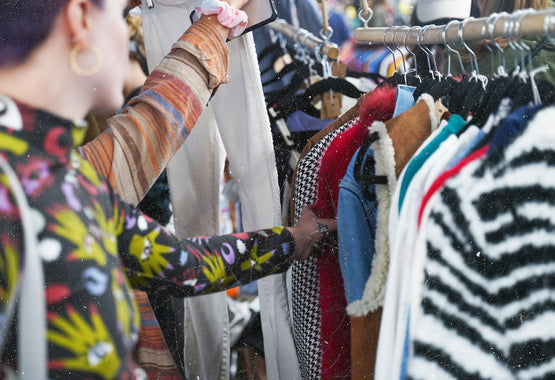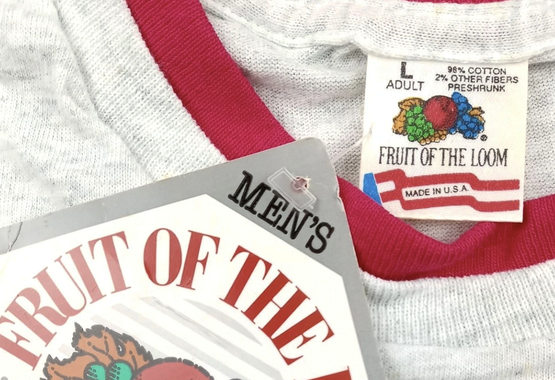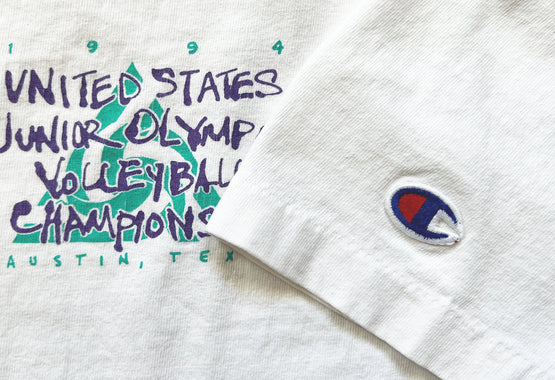The Fruit of the Loom Logo History and How To Date Tags


When it comes to American born businesses there are few more ubiquitous than Fruit of the Loom. It is close to 200 years old, after all. And unlike many of its counterparts in the textile industry it’s changed little over that long, long period of time. In fact, the iconic colorful fruit logo that pervades most every major retail store across the world today started out nearly identical to the humble beginnings of before.
Stories found online about the origins of the company are pretty much all over the place, but according to its own website, FOTL holds claim to being the first company to ever use a printed label on a roll of cloth. It was originally founded by brothers Benjamin and Robert Knight in 1851 — then named the B.B. and R. Knight Corporation. The first mill was a production facility of high-quality cotton textiles. Back then, it was social standard for the women of the house to buy yards of fabric and make custom clothes for the family at home. Very quickly, the Knight brothers set the standard of those goods used by housewives in the region.
[a basic guide for FOTL garments; head over to our Screen Stars blog for more info on vintage FOTL tees]
As far as the fruit imagery is concerned, it was more or less a coincidence that worked out just right. Five years after opening its doors, the Knights officially changed the company’s name to “Fruit of the Loom” as a biblically inspired play on the phrase “Fruit of the Womb” — found in Psalm 127: 3 of the Bible.
Also around that time, the brothers visited a merchant friend named Rufas Skeel in Providence, Rhode Island. During their visit they noticed Skeel’s daughter painting small pictures of apples and attaching them to the bolts of fabric. “Just as she hoped,” the official FOTL site says, “the muslins to which the paintings were attached were the first to sell. More and more paintings were demanded, and Miss Skeel added to her original apple other fruits such as Ne Plus Ultra grapes, the Non Such pear, Non Pareil cherries and Seek No Further apple."
Because of the higher demand for labeled goods, the Knights began printing tags themselves with copies of Skeel’s paintings. It worked, and the popularity of the fabrics allowed for the company to grow, quickly. And in 1870, Congress passed trademark laws which allowed businesses to register themselves with the federal government for better protection against fraud. The fruit images on the labels naturally became the visual iteration of the brand to be submitted into the federal trademark registry.
In 1871, the company was granted trademark number 418 — predating even Coca-Cola and the lightbulb. To put it into perspective, there were 893,760 registered U.S. trademark numbers as of 2019 (with an insane surge of new applicants happening just over the past few years). Fruit of the Loom is, quite literally, one of the oldest brands in American capitalism.
Throughout its years, Fruit of the Loom saw its fair share of ups and downs, as most businesses do, most especially when the trends began to shift from custom homemade clothing to prefabricated attire during the early 1900s. Perhaps the smartest thing the brand did was license out its manufactured blanks to clothing companies around the world though, keeping the historic logo pressed on the necks of millions through time.

